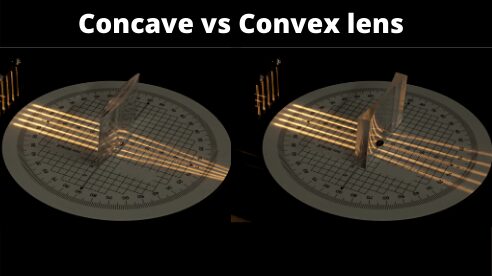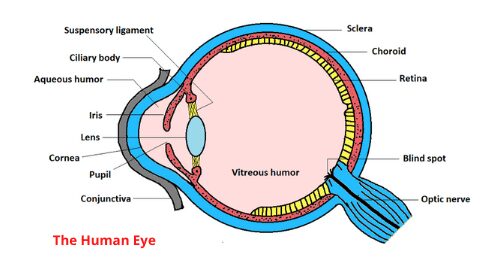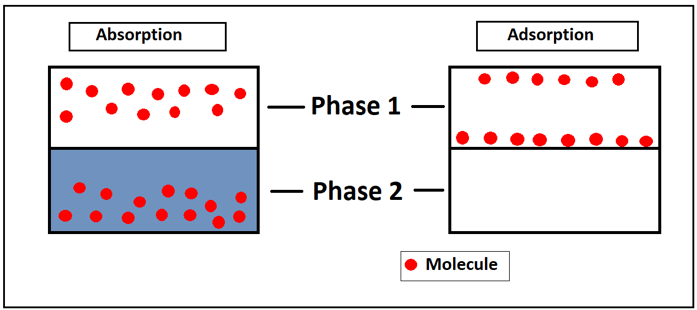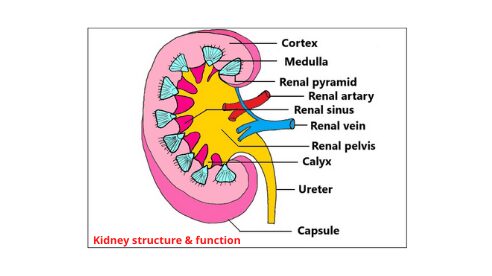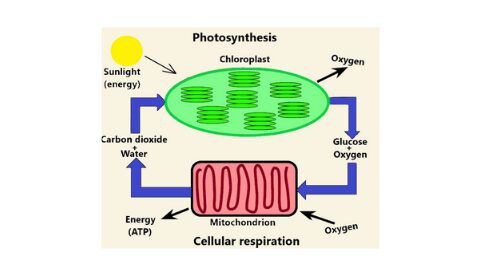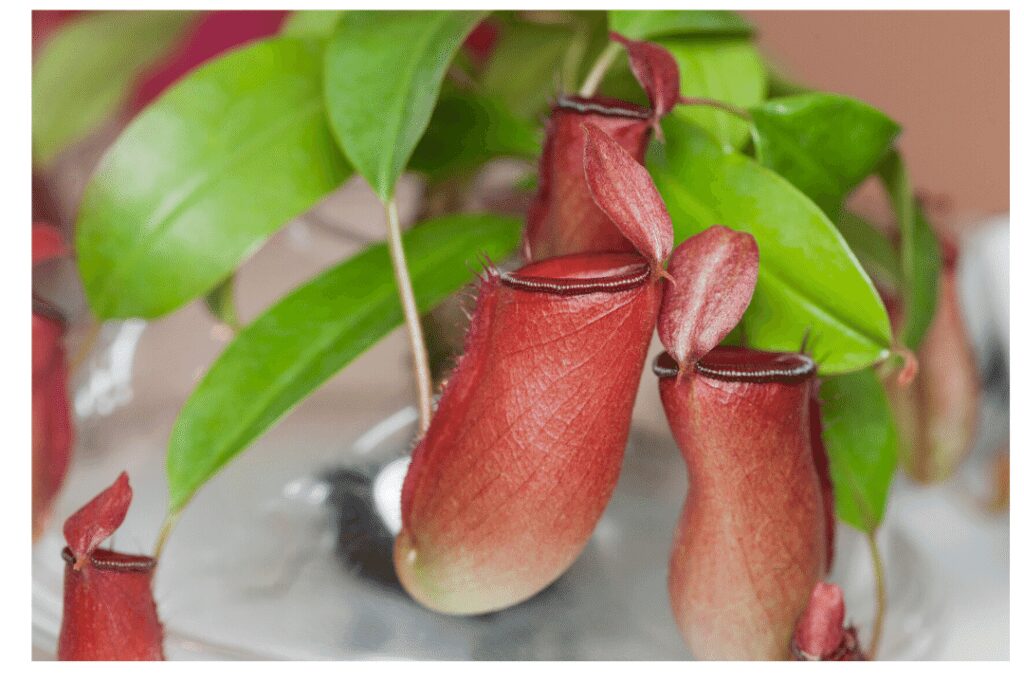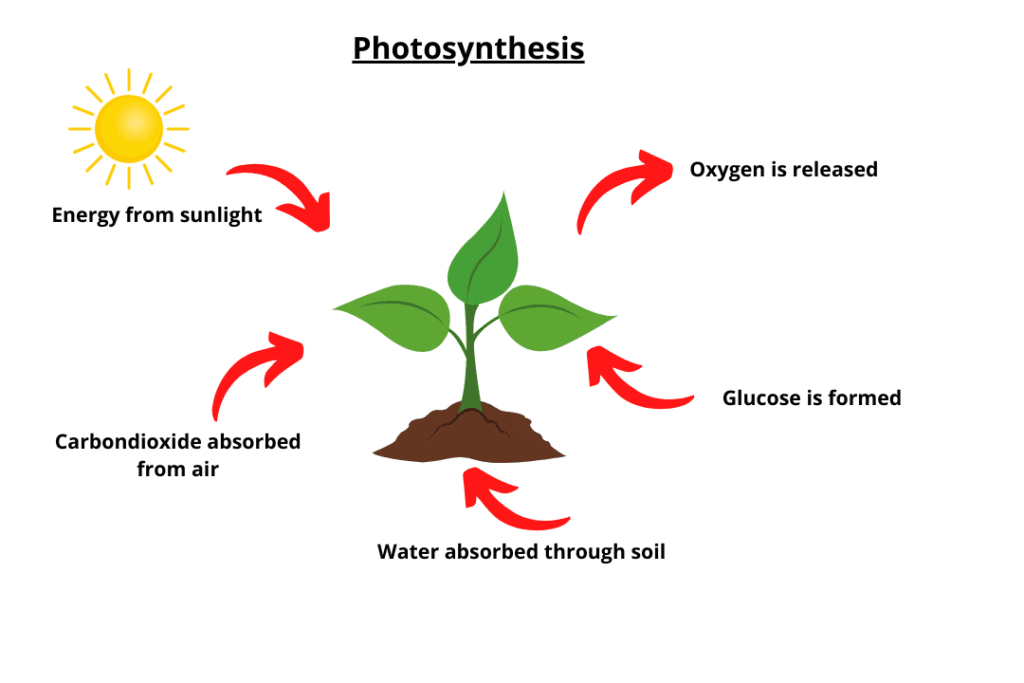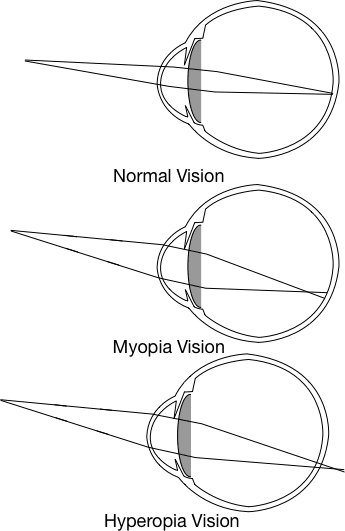Concave vs convex lens: Definition, Types, and differences
Introduction A lens is a homogeneous optical device having a transparent medium through which light is refracted they are used to converge and divert light. One or both covers collect light from one side and change its convergence to reflect the other. The word lens comes from the Latin word lentil because the shape of […]
Concave vs convex lens: Definition, Types, and differences Read More »

